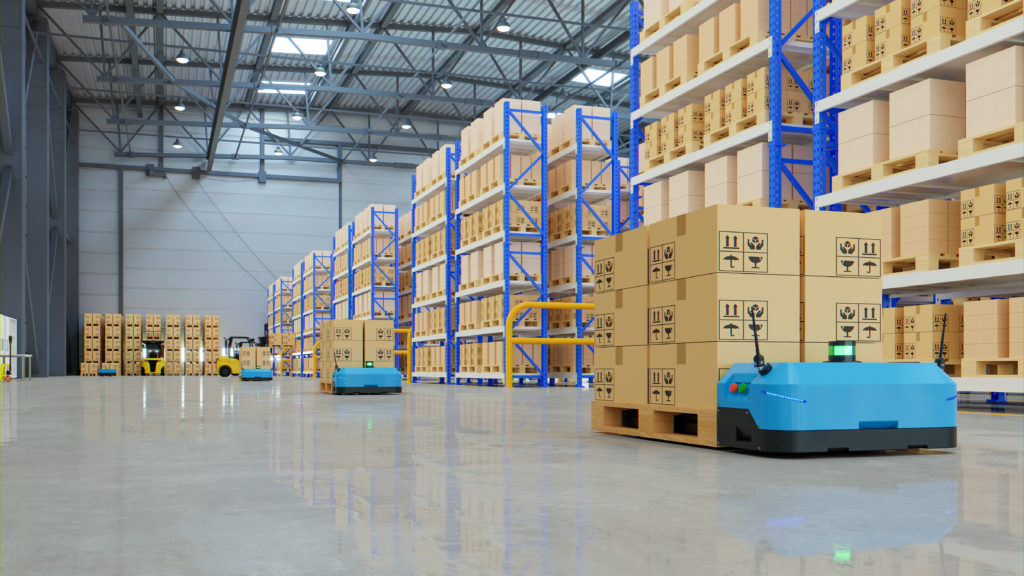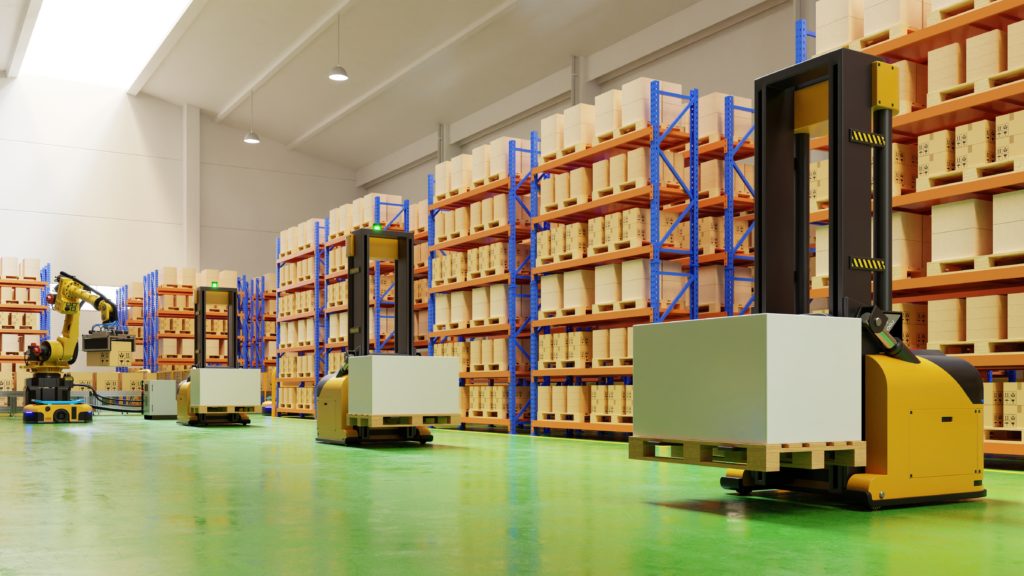
- Products
- Solutions
- Learn
- Partner
- Try Now
What is micro fulfillment center?
Micro fulfillment centers involve utilizing small, highly automated storage facilities close to the end consumer to reduce the cost and time it takes to deliver goods.
Micro Fulfillment centers are made up of two key parts: software management systems that process online orders and physical infrastructure. This further includes robots that collect things from storage aisles and carry them to packing employees.
MFCs or dark stores, which typically occupy 3,000 to 10,000 square feet of area, can be integrated into stores or as stand-alone facilities to support a cluster of sites.

Improving speed and efficiency through micro fulfillment centers
The principal challenges of grocery delivery services that the micro fulfillment center can solve are pick-up time and last-mile delivery. The micro fulfillment center is a simple and compact last-mile delivery solution that can be placed anywhere. Especially where real estate space is limited or cost-prohibitive.
Ongoing shifts in the retail landscape driven by e-commerce, along with changing customer demands and expectations, are creating an increased need for fast, efficient hyperlocal fulfillment (or e-commerce distribution center).
How do you anticipate consumers will be buying in 2035? Grocery shopping now has a higher demand for transparency and increased personalization. This enables customers to make informed decisions to support their dietary demands, values, occasional needs, and health goals.
This rapid shift in customer demand, combined with developing technology and trends, will result in a “future supermarket” (micro fulfillment). With an improved omnichannel experience and an efficient operating model for grocery and retail stores.
Micro fulfillment centers – Modular solution for a variety of applications
An automated micro-fulfillment center can be an excellent solution for both general merchandise shops and non-retailers such as manufacturers and suppliers.
Micro-fulfillment centers have become an ideal alternative for grocers looking to bring fulfillment closer to customers for curbside pickup or home delivery as demand for e-grocery services grows.
It can be particularly appealing to pure-play e-grocers that lack retail outlets that can function as fulfillment hubs, easily storing two to five days of groceries goods.
Shipping & Delivery Battleground
Shipping and fulfillment have evolved into a crucial battlefield for merchants seeking to retain customers.
While two-day delivery was once considered a luxury in the United States, it has now become an industry norm. Delivery timelines for online orders have been quickly shortening. Ranging from a couple of days to only a few hours in some cases, thanks to significant investment in shipping infrastructure by companies like Amazon and Walmart.

Amazon has invested billions of dollars in expanding its shipping infrastructure. Including running 175+ fulfillment centers around the world and investing $1.5 billion in a Kentucky air hub. Walmart, on the other hand, is counting on its current footprint of over 5000 stores in the United States to assist deliver online orders more quickly.
Smaller shops are resorting to micro-fulfillment to compete with the substantial logistical infrastructure that these big players are erecting.
Not just that, giant companies like Kroger have are also actively participating in this era. In addition to this, companies like Gorillas, Fridge No More, Weezy have already adopted this method in order to deliver groceries within 15 minutes.
How would micro-fulfillment improve retail efficiency?
- Localized data and inventory have a better understanding of orders in order to stock more of what is required.
- Order fulfillment is accelerated thanks to automation in picking and packing.
- Last-mile delivery: Faster delivery can help you save money.
- Expansion: Smaller facilities are simpler and less expensive to integrate into ongoing operations.
- Customer service: agility and speed improve the customer experience.
It takes around 60 minutes to picking-up an e-grocery order which makes the segment an unsuccessful burden for grocers. The fulfillment center shortens the picking time to about six minutes. These micro-fulfillment centers can be installed in the existing supermarkets’ setups. Enabling a hyperlocal function, reducing the cost of last-mile delivery.
Wrapping up
A fulfillment warehouse can service a variety of retail categories, including grocery stores, convenience stores, drug stores, general merchandise, and department stores. They are primarily based on two business models.
In the first case, the center is located in the back of an existing store and is run directly by the merchant. This is especially true in the case of food stores.
The second approach, which is better suited to general merchandise stores. A business establishes a stand-alone MFC and rents out space to other retailers. The MFC is run by the company that installs it, rather than by a single retailer.
In addition to their small size, MFCs also tend to host efficiency-boosting technology. Thus, a few more advantages of these micro fulfillment centers are:
- Reduced your overhead costs: When compared to manual order picking, micro-fulfillment is predicted to save 75% of the expenditures associated with an order.
- Increased agility: MFCs can be built for a few million dollars and can be operational in a matter of months.
- Last-mile delivery is now faster: Micro warehouse, because they are located in urban areas, can be utilized to deliver goods to customers faster than traditional warehouses. Which are frequently located on the outskirts of cities.

Subscribe to stay ahead with the latest updates and entrepreneurial insights!

Subscribe to our newsletter
Get access to the latest industry & product insights.




















